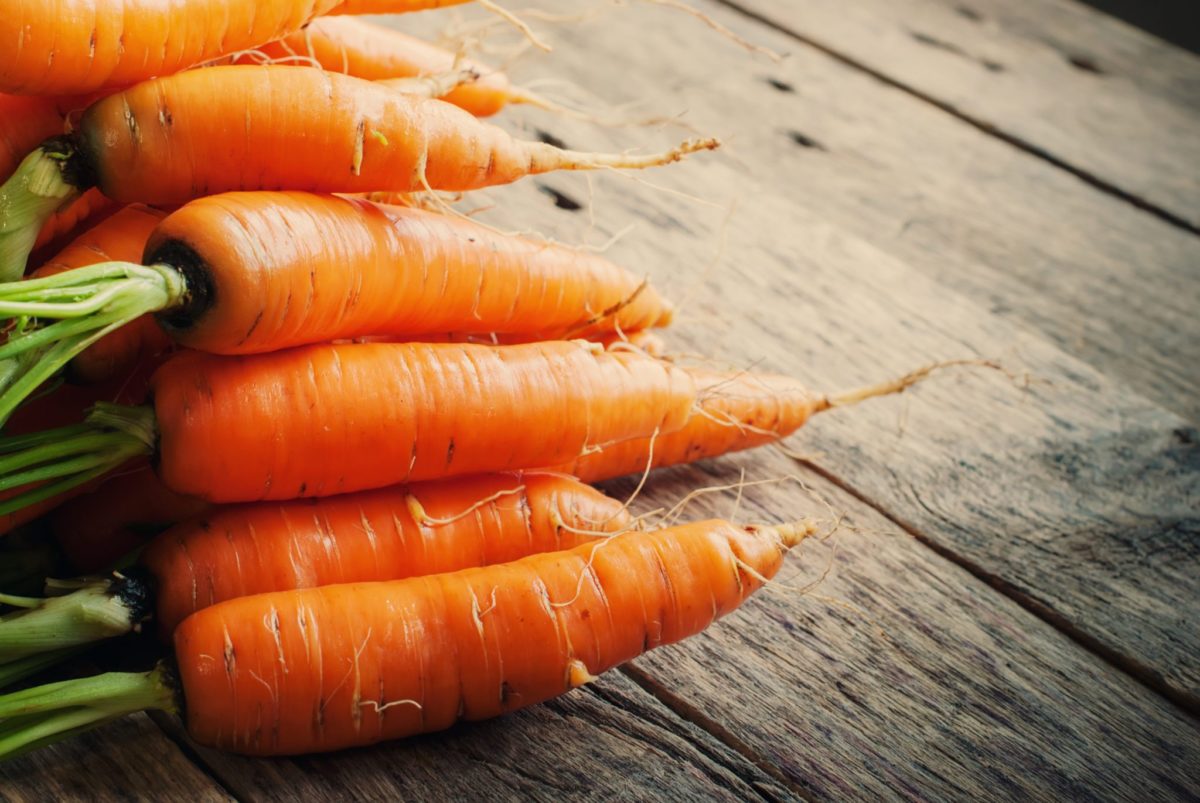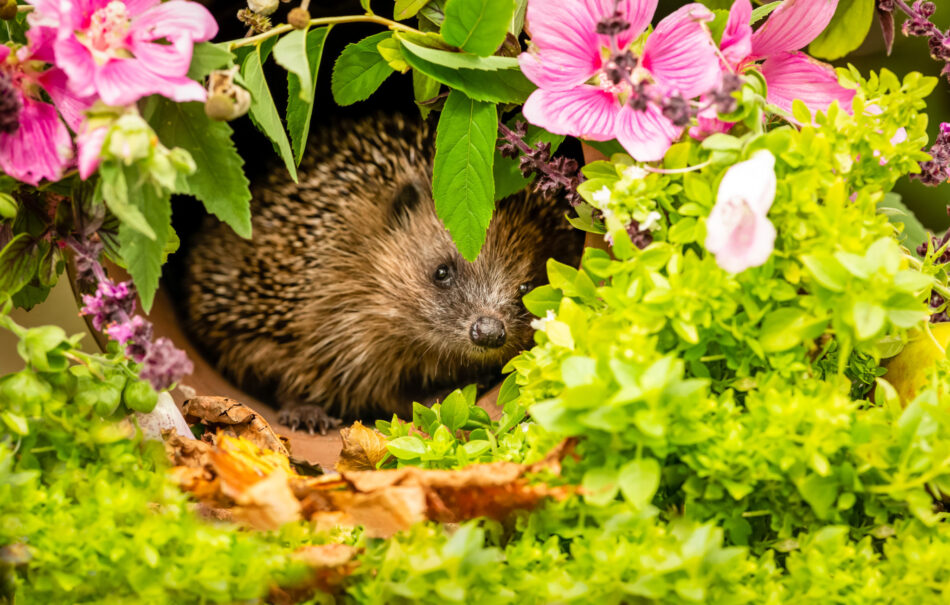A new home means a new garden too – and many people are now using part of their land to grow some food. It needn’t take too much time or effort…. Derek Ivens of northumberlandgardendesign.com looks at the first steps towards creating your own kitchen garden.
Imagine stepping out of the back door to pick some rosemary for the pot. Maybe a fat lettuce for tonight’s salad. Or perhaps you’d like a bowl of fresh blueberries at breakfast?
Growing at least some of your own food answers many of the concerns people have about what they eat. You know it’s fresh – it wasn’t genetically modified or drenched with chemicals. And you aren’t racking up miles driving to the supermarket to buy something that’s been flown in from another continent.
You can use as much or as little space as you want. A few pretty pots and tubs can yield a surprising array of produce. If you’re more ambitious you may want a larger plot with room for fruit, veg, and flowers too.
The kitchen gardener must think carefully about how much time and effort they want to put in. You’ll start by digging the ground over, getting rid of nasties such as brambles and dock. Building or buying raised beds (in brick or wood) makes things look neat and gives your plants deep (and warmer) soil. Start by keeping it simple and just aim in the first year to grow a few things you know you’re going to enjoy.
Fruit (and herbs) tend to be low-maintenance – as the plants are will be there for years with occasional feeding and a pruning. If you’re very busy or use your home as a weekend retreat, growing fruit & herbs will fit your lifestyle.
Vegetables are mainly annual – that means you sow new plants every year. Most will start in the spring and be eaten in summer or autumn. But there are also slow-burners like parsnips and purple sprouting broccoli, which will give you a delicious meal in the cold months. If you are a veg fan, the period from April to September will be the busiest.
Seeds are inexpensive and there’s a huge range available from garden centres and specialist merchants. Some crops are usually grown not from seed – for example garlic and shallots – but they’re also good value. You may also factor in the cost of a few bags of compost or manure each year – although if you keep horses or know someone with a stable you might save some money!
Your kitchen garden will have lots going for it apart from great food. It can attract birds and other wildlife – you can have beds buzzing with pollinators like butterflies – and it’s also a great place for children to learn about nature. Why not give them an area of their own to grow fast crops like lettuce and radishes?
It’s satisfying and fun to grow your own food – next time we’ll talk about how to get started.








